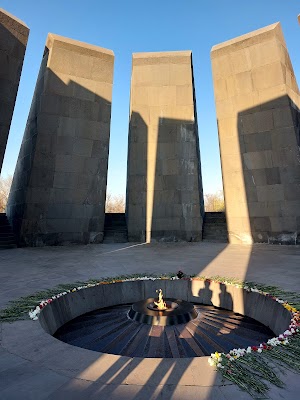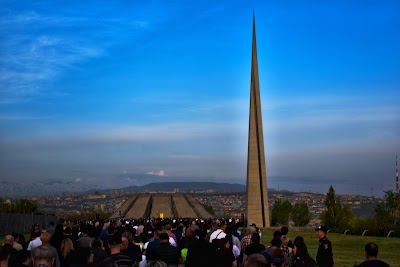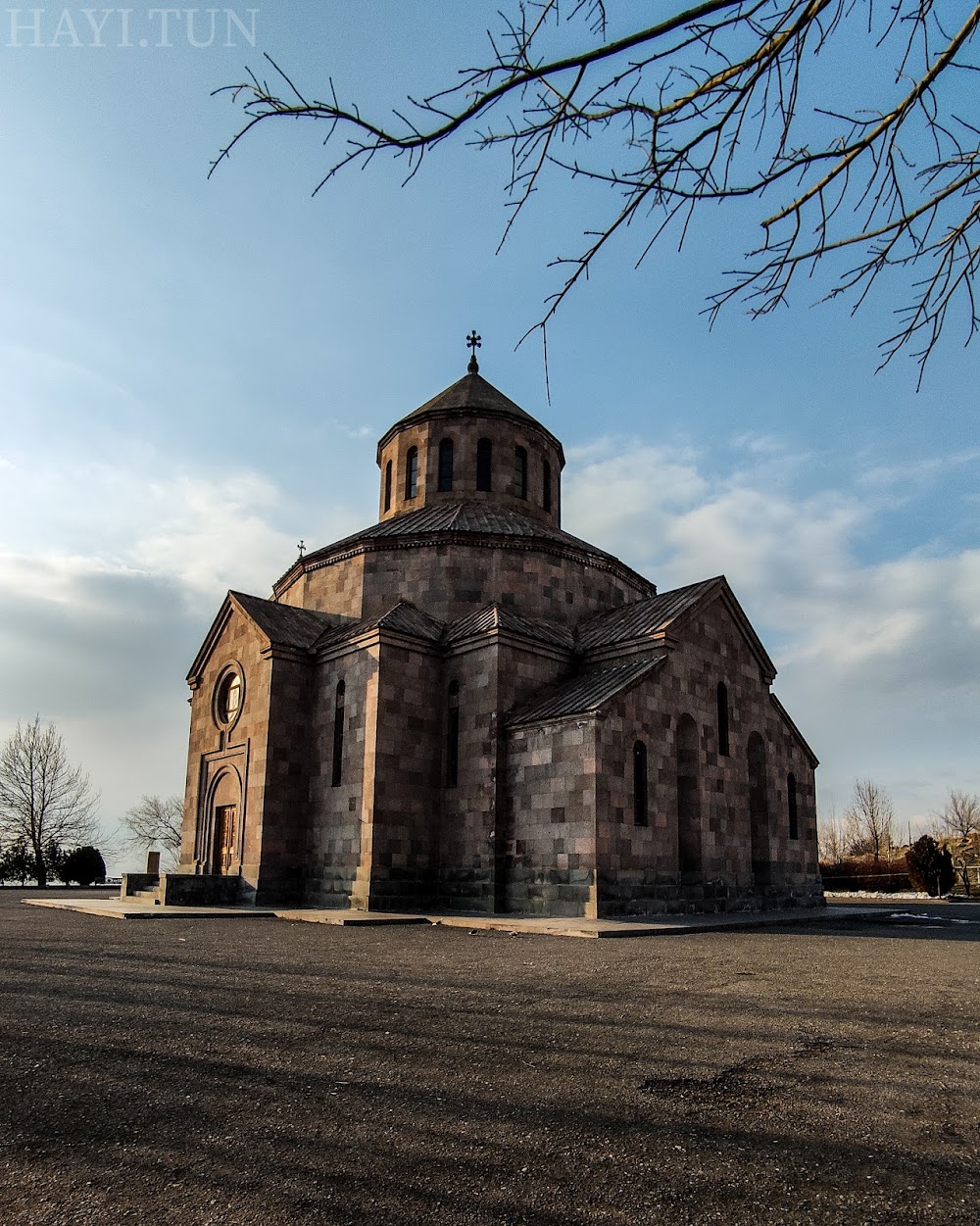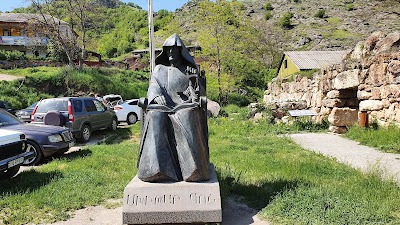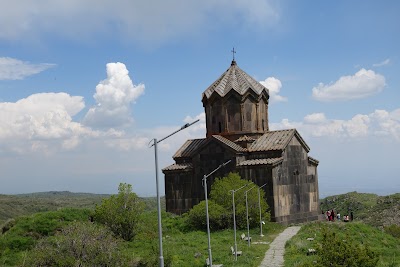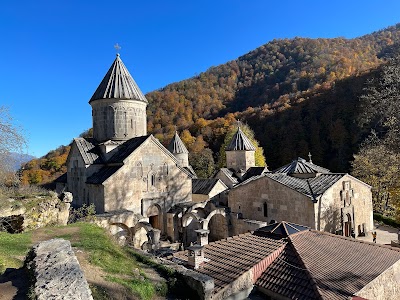Armenian Genocide Memorial (Հայոց ցեղասպանության հուշահամալիր)
Overview
Nestled in the picturesque Armavir region of Armenia, the Armenian Genocide Memorial stands as a poignant tribute to the victims of the Armenian Genocide that unfolded during the First World War. Situated within easy reach of the capital city, Yerevan, this somber and reflective site invites visitors to engage in a profound journey of remembrance and reverence. The memorial not only serves as a reminder of the atrocities that occurred but also symbolizes the enduring strength and resilience of the Armenian people.
The memorial, known locally as the Sardarapat Memorial, was constructed in 1968 to commemorate the 50th anniversary of the pivotal Battle of Sardarapat. This battle was a crucial victory for Armenian forces during a tumultuous period in 1918, coinciding with the horrors of genocide. The Armenians' success at Sardarapat is often credited with averting the total destruction of their nation, encapsulating both the sorrow of loss and the celebration of perseverance in the face of adversity.
Architecturally, the memorial complex is a breathtaking sight. Its grand entrance is flanked by striking winged bulls crafted from tuff stone, instantly invoking a sense of solemnity. A meticulously designed central avenue guides visitors toward the towering 26-meter bell tower, instilling awe and reverence. This bell tower, adorned with twelve bells, stands as a silent sentinel over the memory of the victims, with each toll echoing the weight of history.
Beyond the bell tower, the memorial complex features intricately designed statues and reliefs that depict scenes of battle and resistance. These artistic elements tell a detailed narrative, conveying the strife and eventual triumph of the Armenian people. Notably, the statues of lions guarding the entrance symbolize the courage and indomitable spirit of those who fought valiantly for their survival.
One of the most moving aspects of visiting the Armenian Genocide Memorial is the sense of unity it fosters among visitors. People from around the globe gather to pay their respects and learn about the rich history and culture of the Armenian people. The site serves as an international reminder of the importance of recognizing and remembering historical tragedies to prevent their recurrence. Educational programs and guided tours offer enriching experiences, enhancing visitors' understanding of the genocide's broader context and the resilience of those who endured.
The Armavir region itself also offers additional historical and cultural insights. Nearby, visitors can explore the renowned Echmiadzin Cathedral, one of the oldest Christian cathedrals in the world, along with other significant ecclesiastical sites that highlight Armenia's deeply spiritual heritage. These attractions further enhance the understanding of the historical and cultural richness that defines this area.
An interesting fact about the memorial is that every year on April 24th, Armenian Genocide Remembrance Day, thousands of Armenians—both local and from the diaspora—gather to honor the memory of the victims. This day is marked by solemn ceremonies, the laying of flowers, and moments of silence, underscoring the memorial's central role in the collective memory and identity of the Armenian people.
For tourists, visiting the Armenian Genocide Memorial is not just a journey through history; it’s an emotional and educational experience. It imparts a deeper understanding of the tragic events that shaped modern Armenia while highlighting the profound resilience and cultural pride that define this nation. Whether walking through the solemn grounds or engaging with educational displays, visitors have a unique opportunity to connect with a significant chapter of human history and to pay homage to those who suffered and valiantly persevered.
In summary, the Armenian Genocide Memorial in Armavir is an essential destination for anyone interested in history, human rights, and the indomitable spirit of survival. Through its architectural grandeur, educational offerings, and profound symbolic significance, the memorial provides a powerful and moving tribute to the past while serving as a beacon of hope and resilience for future generations.


